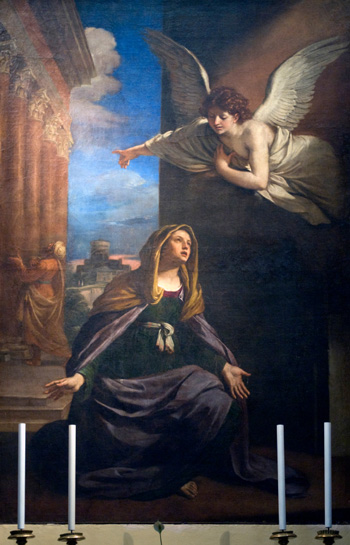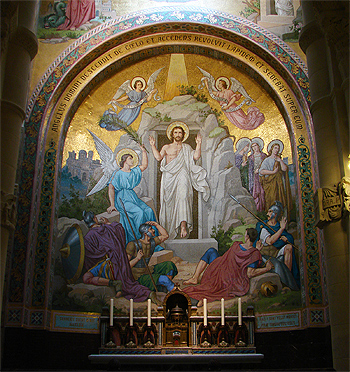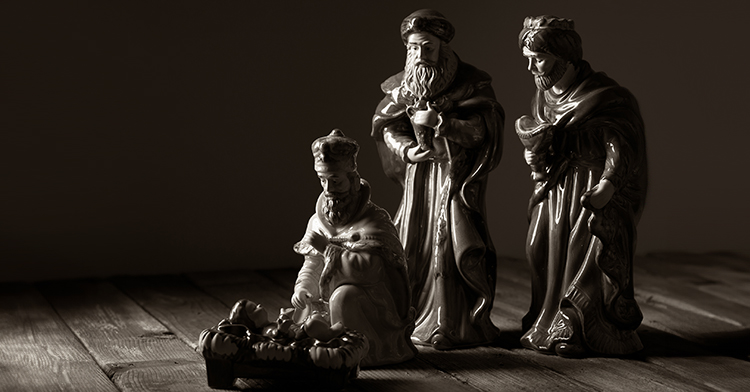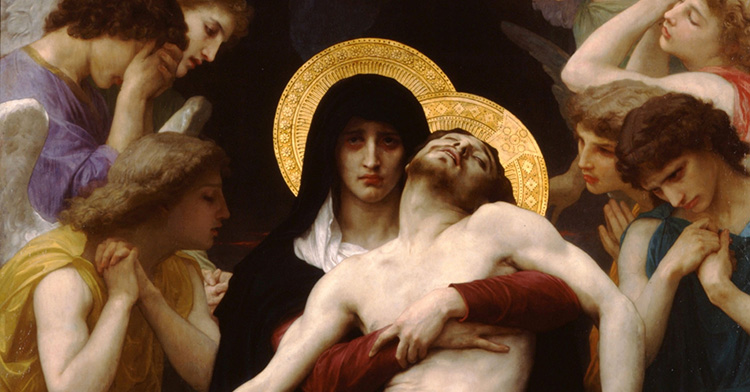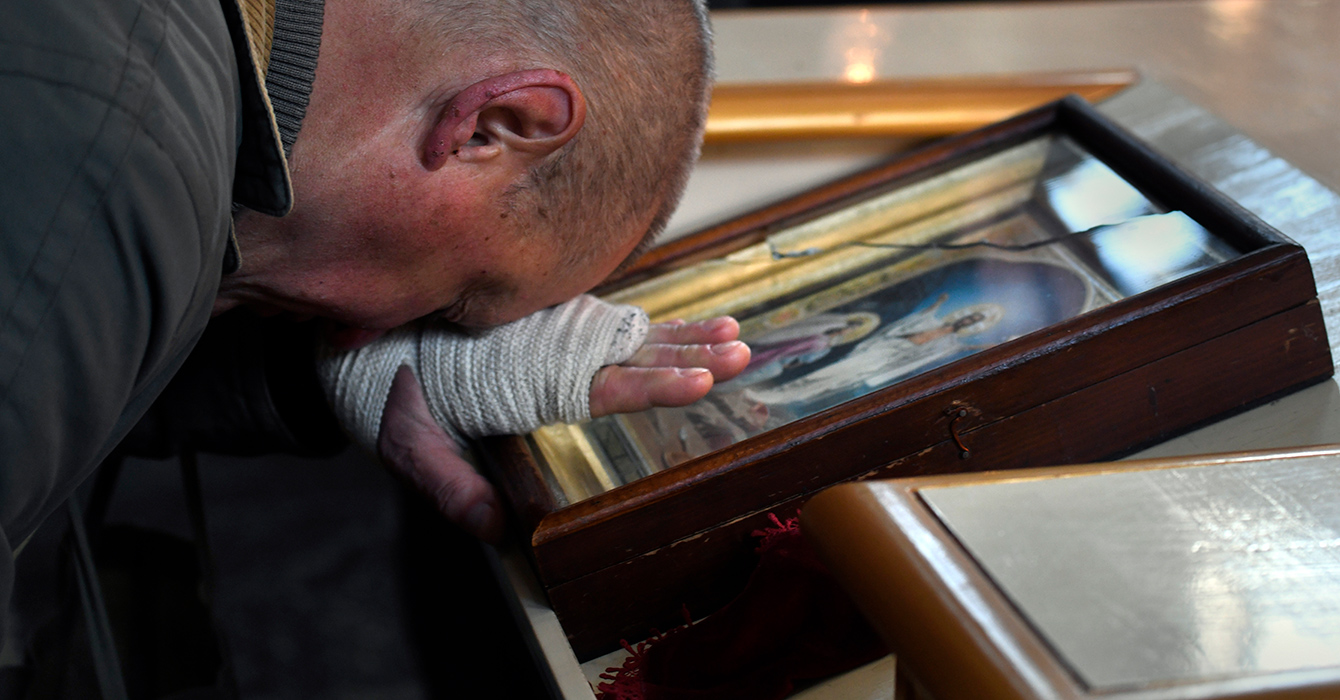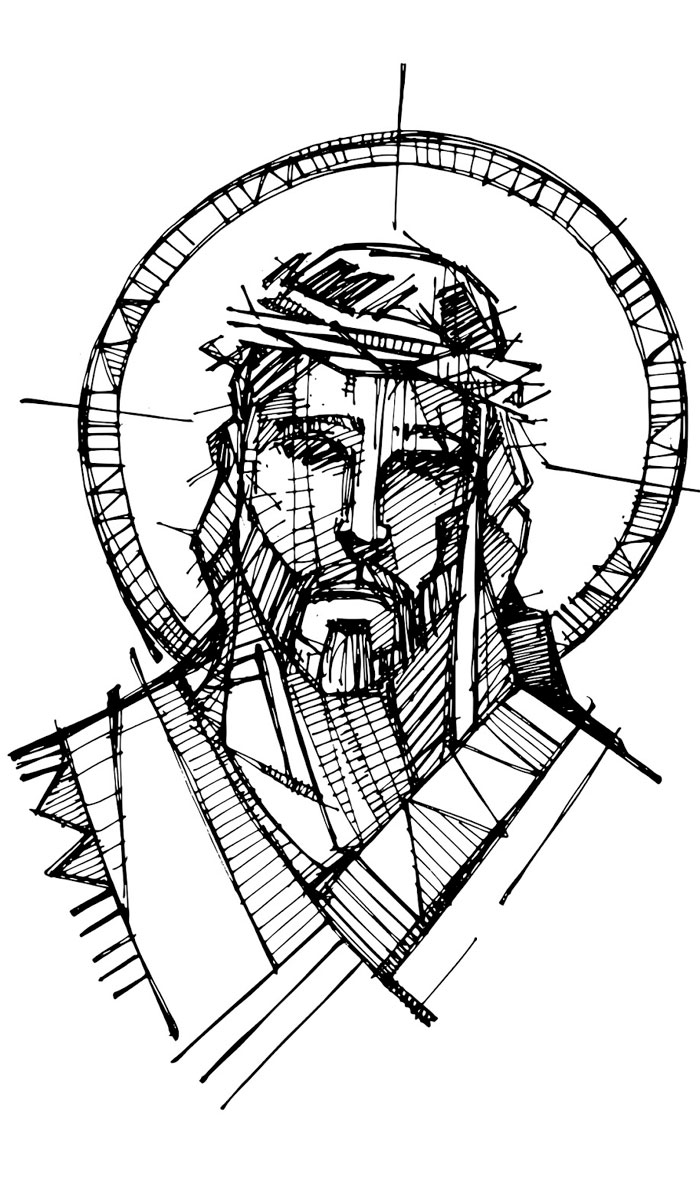When I took the ornaments off the Christmas tree at the beginning of Epiphany, I remembered my reaction a few weeks earlier when I stepped back to take a look after decorating it. “Too much,” I thought.
Somehow, it reminded me of my refrigerator door, a crowded collage of magnets and photographs that reflects my chaotic life. Certainly, my fridge is nothing like my friend Susan’s. Hers is as clean and bare as a layout from Real Simple magazine. For many years, she cleared it every New Year’s, trusting that the coming months would bring new cartoons and cards and photos for the magnets to hold. But she doesn’t even do that anymore.
Now in her 60s, having been through the experience of emptying her parents’ house -- and hearing friends’ stories of the same -- her watchword is “simplify.” Her refrigerator is bare of ornament, her dishes and knickknacks pared to the necessities, her décor sleek and spare. And yet -- while I admire her discipline, my crowded refrigerator door and too-full tree still speak to me, signs of a full life, the abundant life of which Jesus spoke.
My refrigerator door may still be a mess, but when it comes to the tree, I have at least cut back to the ornaments I love best. Each one speaks to some aspect of that abundant life.
Photo ornaments show my husband, Kyle, and me on our wedding day and our beautiful daughters at various stages of childhood and young adulthood. Handmade ornaments were brought home from school by the girls years ago or crafted by Kyle’s mom or the ladies at my parents’ church bazaar. Classic 1960s ornaments -- a bell, a long slender ornament with pink and blue stripes, pointed on both ends like a football -- are from my own childhood home. All are testament to the good gift of a happy family.
The abundant life, however, is about more than an abundance of joy. Some of the ornaments carry weightier significance, leaning more toward Lent than Christmas or Epiphany.
A carved wooden ornament depicting the tree of life always reminds me of the haunting old English carol “Jesus Christ the Apple Tree,” especially this verse:
“For happiness I long have sought, and pleasure dearly I have bought: I missed of all; but now I see ’tis found in Christ the apple tree.”
Inevitably, I think of one of my dearest friends and mentors, a pastor who has struggled with depression and PTSD ever since a terrible accident when he was 20. Roughly 40 years ago, he was driving to a church to preach when a 9-year-old girl ran in front of his car and was killed. Neither time nor all his attempts to find solace in “pleasure dearly bought” have brought him healing. He still struggles, with help from medication and therapy.
Beneath it all, of course, is the sustenance of Jesus Christ the apple tree. Yet the mystery remains. The question haunts: What if that sustenance does not sustain?
I also collect church ornaments. As a preacher’s daughter and a preacher’s wife, I know as well as anybody how bad churches can be. Still, I’ve been blessed with good churches all my life. Kyle and I both believe in the possibility of the church as the body of Christ in this world. The church ornaments are emblems of that faith.
One ornament is from our sister African-American church here in town, another from Ranchos de Taos in Taos, New Mexico, bought on a mission trip. We have ornaments from Washington National Cathedral in Washington, D.C., Westminster Abbey in London and, yes, the entire Hallmark church series that came out a few years ago, as well as a Lenox china church.
This year, like every other, a church ornament from a mission in California gave me pause. Kyle did a retreat with a congregation there years ago, and I tagged along. We’d never been to California but immediately saw and understood the attraction of the place. The weather was perfect, and the parsonage where we stayed was a block from the beach, ocean on one side and mountains rising up on the other.
The retreat was at a beautiful idyllic monastery in the mountains overlooking the city. The participants were brilliant and accomplished, but also genuine, real and human. We shared deeply with each other, telling our stories. We drank good wine, ate good food, talked and laughed with our hosts.
What more could anyone want? These people had it all. To us, the ornament would always represent much that is best about the abundant life we share with other Christians.
Yet years later, we heard that the monastery was destroyed in one of California’s out-of-control wildfires and the pastor’s by-then ex-wife had taken her life -- both tragic reminders of the fleeting nature of this world. We had known the place and this woman only briefly but loved them.
Initially a sign to Kyle and me of abundant life, this ornament from a California mission now pushes us toward Lenten themes and questions. “You are but dust, and to dust you shall return.” Yes, yes, but why such beauty, why such vibrant life taken out of time?
How can we possibly understand such things? We can’t. All we can do is recognize that the abundant life is full to bursting with both boundless joy and immeasurable sorrow. Why we receive either is a mystery.
Whichever we receive -- joy or sorrow or even both at once -- I know by experience that it will be better shared in the companionship of our sisters and brothers in Christ called the church. The ornaments remind me of that.
Obviously, the abundant life is about more than things. But sometimes, through the smallest things -- a bit of bread, a sip of wine, even a Christmas ornament -- we can reflect upon the glorious light of Christmas and Epiphany and the mysterious darkness of the questions of Lent, the fullness of our life in Christ.



